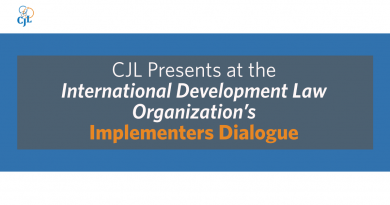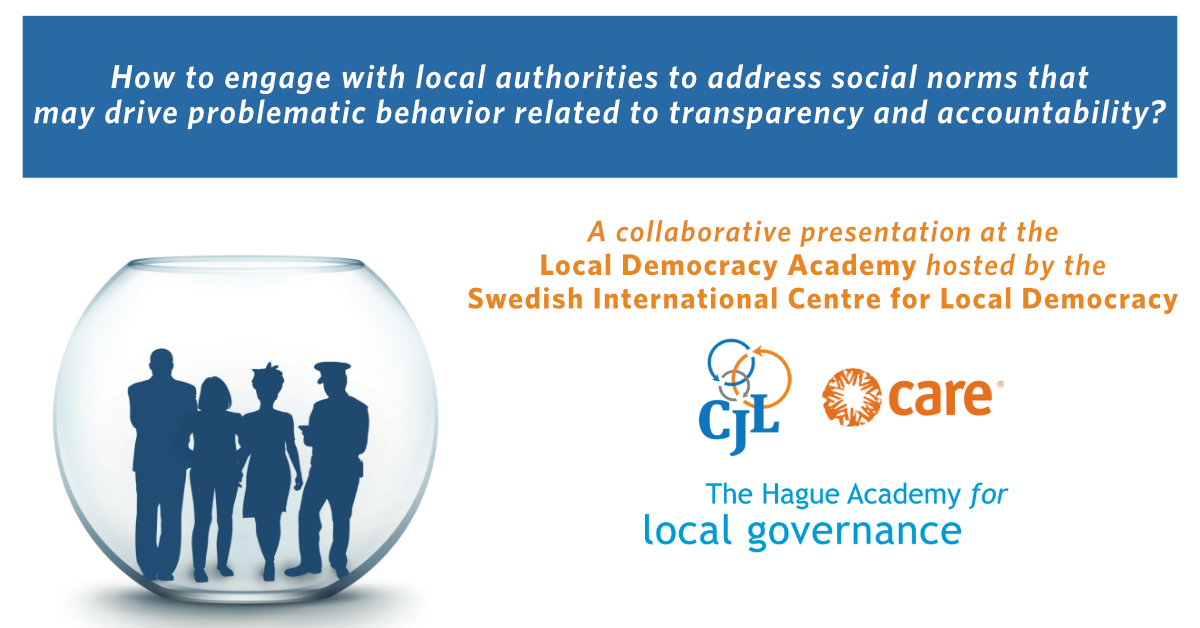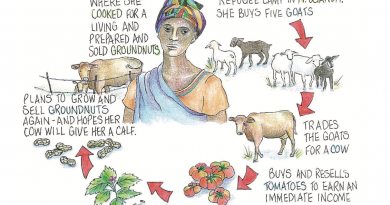By Kim Wilson.
“I have twelve children of my own, but after the war, I ended up with twenty-one children in my care.” This is the story of Nyaring, who fled South Sudan for Kampala in 2015 . Nyaring and her husband’s two other wives looked after their many children.
“He had three plots of land, so we [the wives] each lived on a plot, and our children would fetch water, cut grass, and clean houses and we survived on that money.” There, life was peaceful. “When my husband died, we all separated. He was a known person for working with activists and he was targeted and killed.”
Though Nyaring’s departure was frantic, her destination was clear — Kampala to Bishop Munde. The Bishop had become a beacon for so many and had grown famous for his generosity. From there, she would get her bearings and make her next steps.
Like others fleeing South Sudan, Nyaring’s start in Kampala was a desperate one. The oldest child in her care was eighteen and the youngest was five. Not only did the bishop provide shelter, but he paid for school fees as much as he was able.
Her story is similar to many other refugees’ whose financial and economic journeys started with help from friends, a place of worship, or friendly police.
Read More







